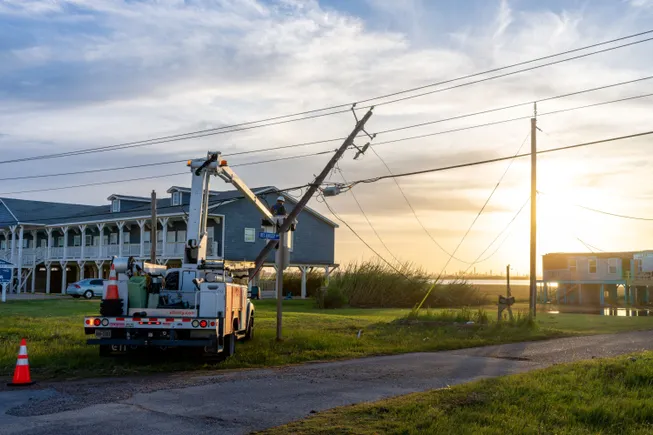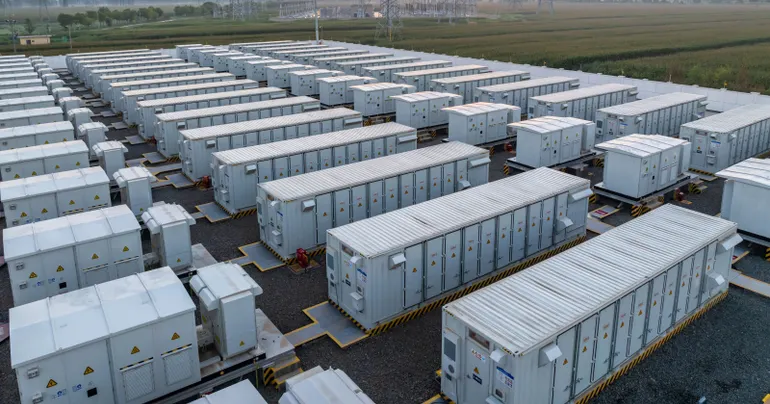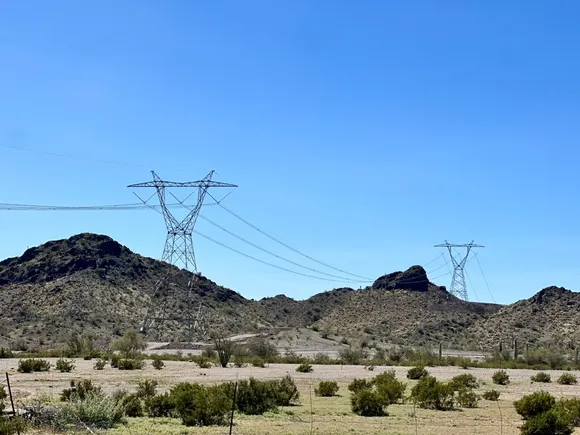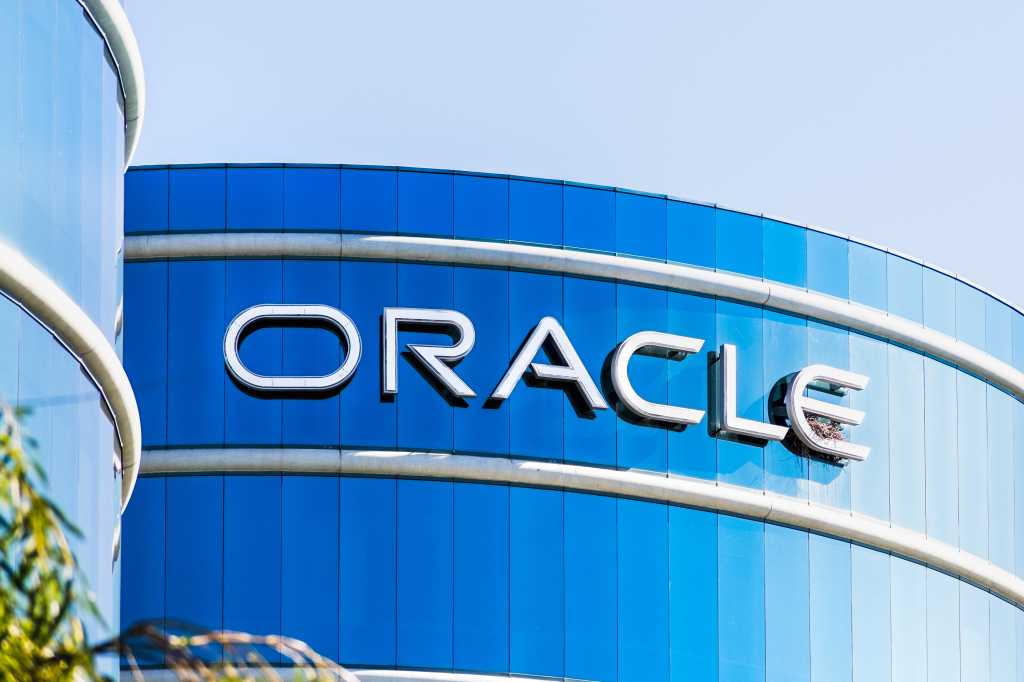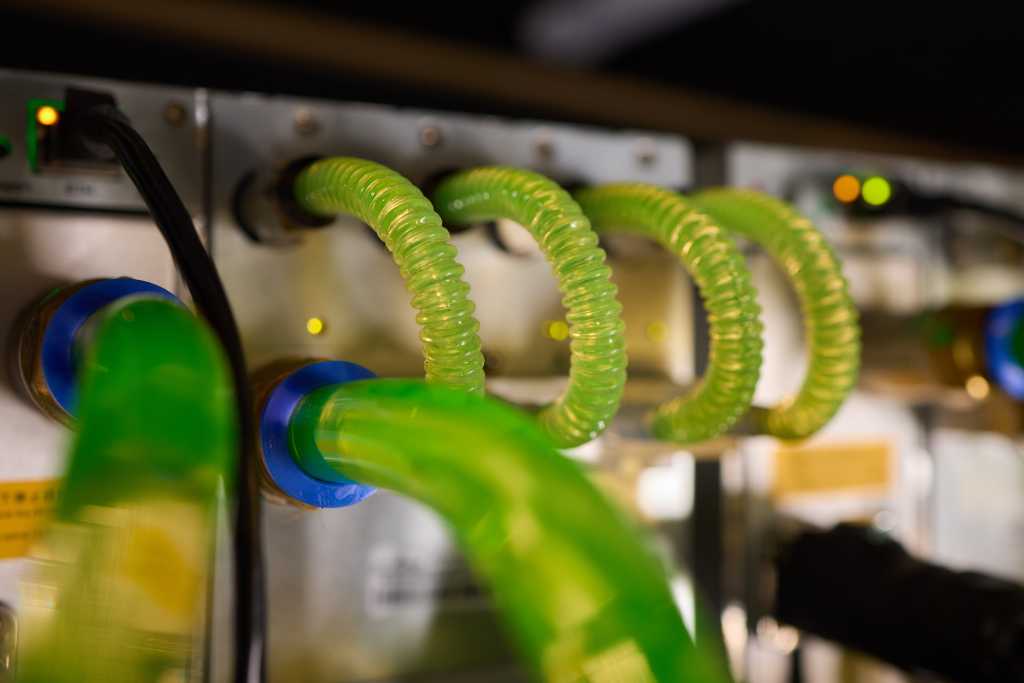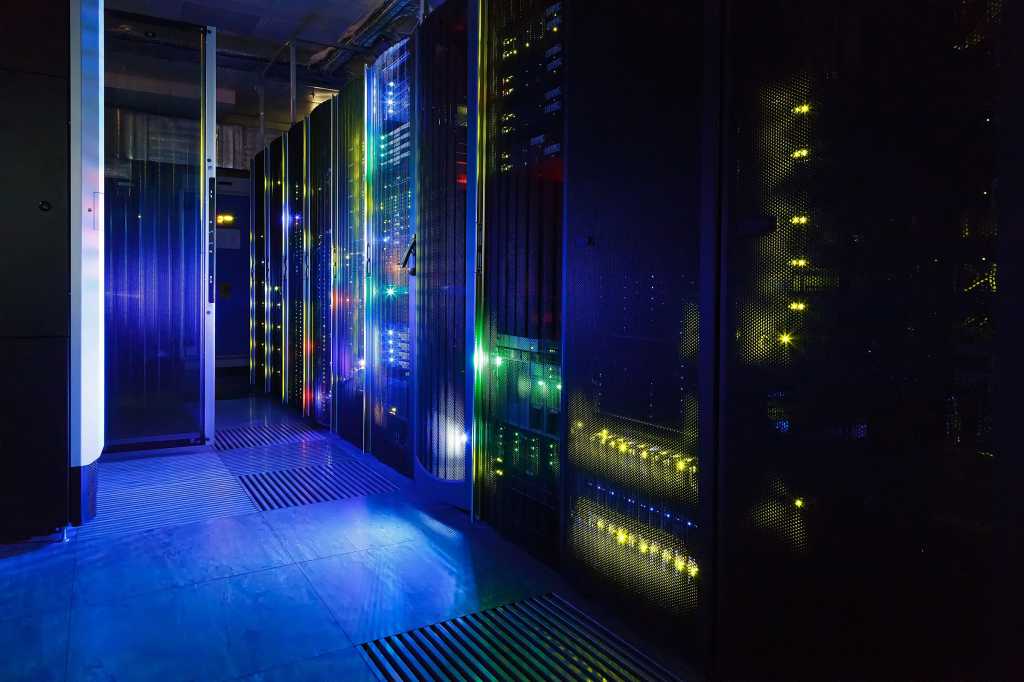
LandBridge Company LLC has reported $44 million in revenue for the first quarter of 2025, up from $36.5 million for the fourth quarter of 2024 and $19 million for the corresponding quarter a year prior.
The company attributed the sequential increase to increases in surface use royalties of $6.8 million, resource sales of $4.2 million, and resource royalties of $3.5 million.
LandBridge said its net income for the quarter landed at $15.5 million, up from $8.2 million for the fourth quarter of 2024 and $10.8 million for the corresponding quarter of 2024.
“Our strong start to the year is evidence of our continued ability to capitalize on diverse revenue streams, including the growing need for surface acreage to support produced water handling needs across the Delaware Basin. Recent land acquisitions and new projects with key partners and blue chip operators give us continued confidence in our active land management strategy and growth trajectory”, Jason Long, Chief Executive Officer of LandBridge, said.
In the first quarter of 2025, adjusted earnings before interest, taxes, depreciation, and amortization (EBITDA) reached $38.8 million, up from $31.7 million for the fourth quarter of 2024 and $16.9 million for the first quarter of 2024. The net income margin stood at 35 percent for the first quarter of 2025, compared to 22 percent for the fourth quarter of 2024 and 57 percent for the first quarter of 2024. Its adjusted EBITDA margin was 88 percent for the first quarter of 2025, slightly lower than 87 percent for the fourth quarter of 2024 and 89 percent for the first quarter of 2024.
“With diversified revenue streams and limited operating and capital expenditures, LandBridge is well-positioned to continue delivering strong revenue growth and profitability across economic cycles and periodic market volatility”, Scott McNeely, Chief Financial Officer, said.
To contact the author, email [email protected]
WHAT DO YOU THINK?
Generated by readers, the comments included herein do not reflect the views and opinions of Rigzone. All comments are subject to editorial review. Off-topic, inappropriate or insulting comments will be removed.
MORE FROM THIS AUTHOR



